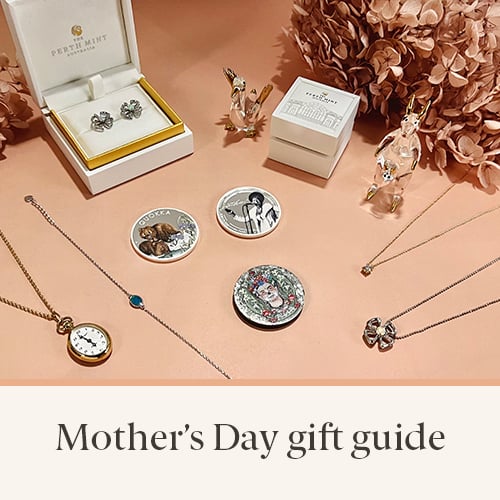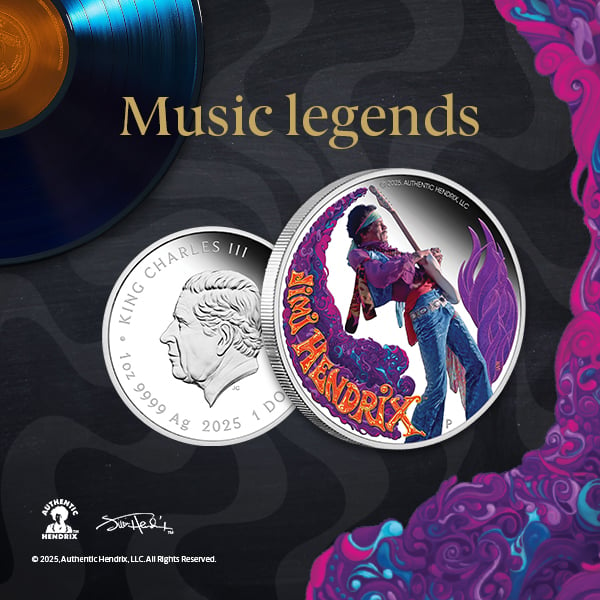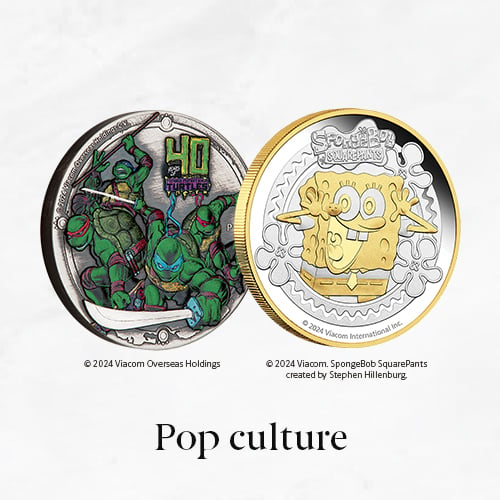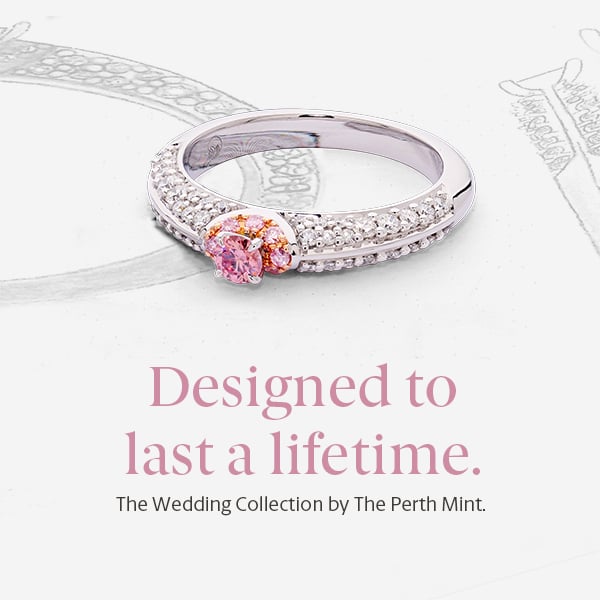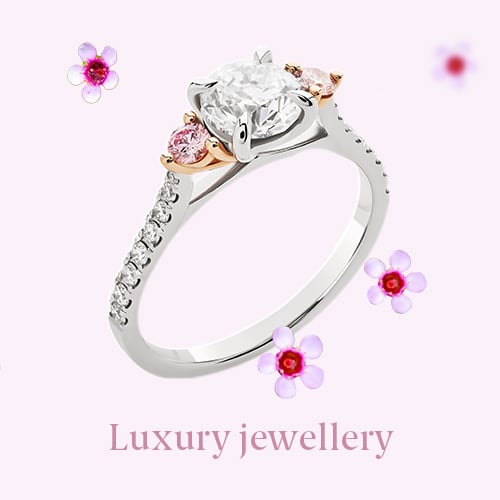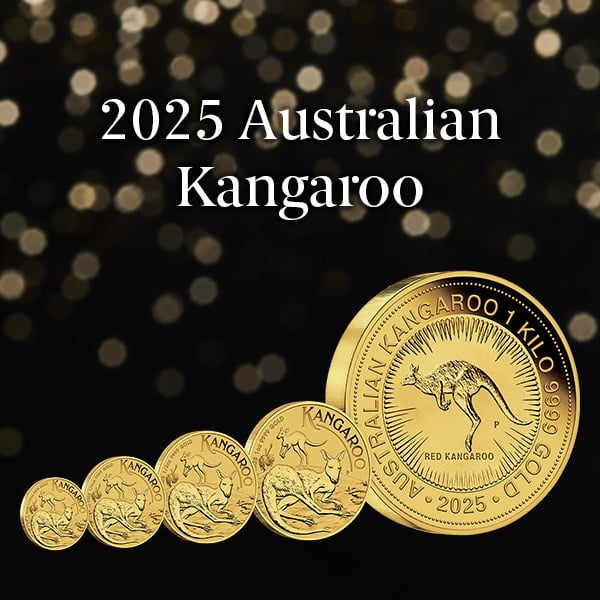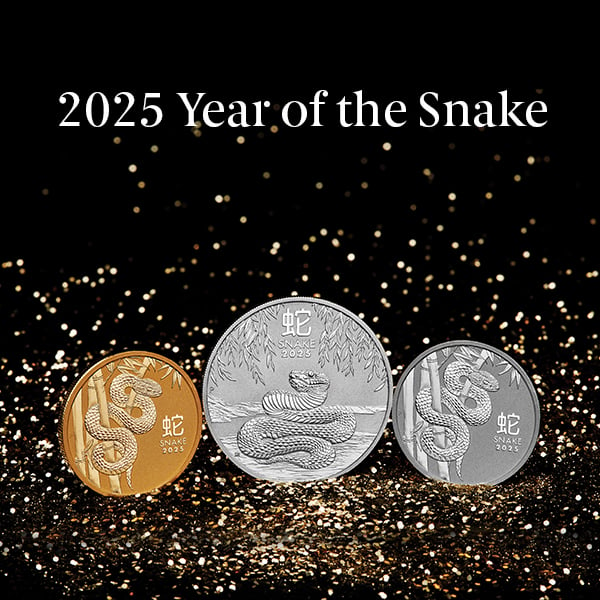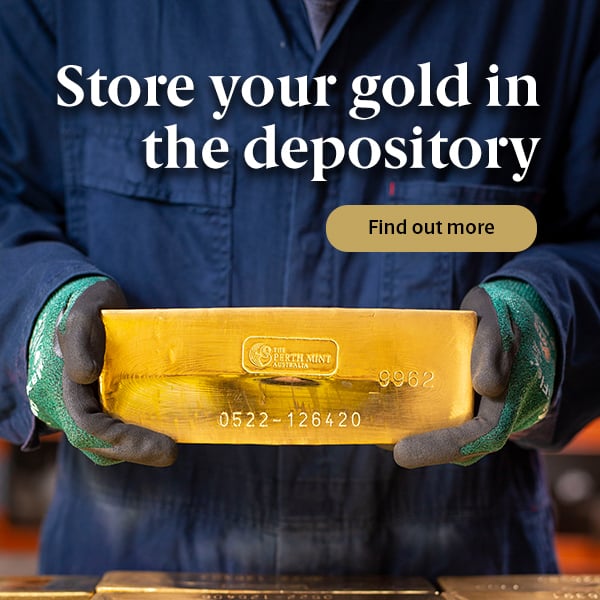Jovan’s unique role a link to traditional skills
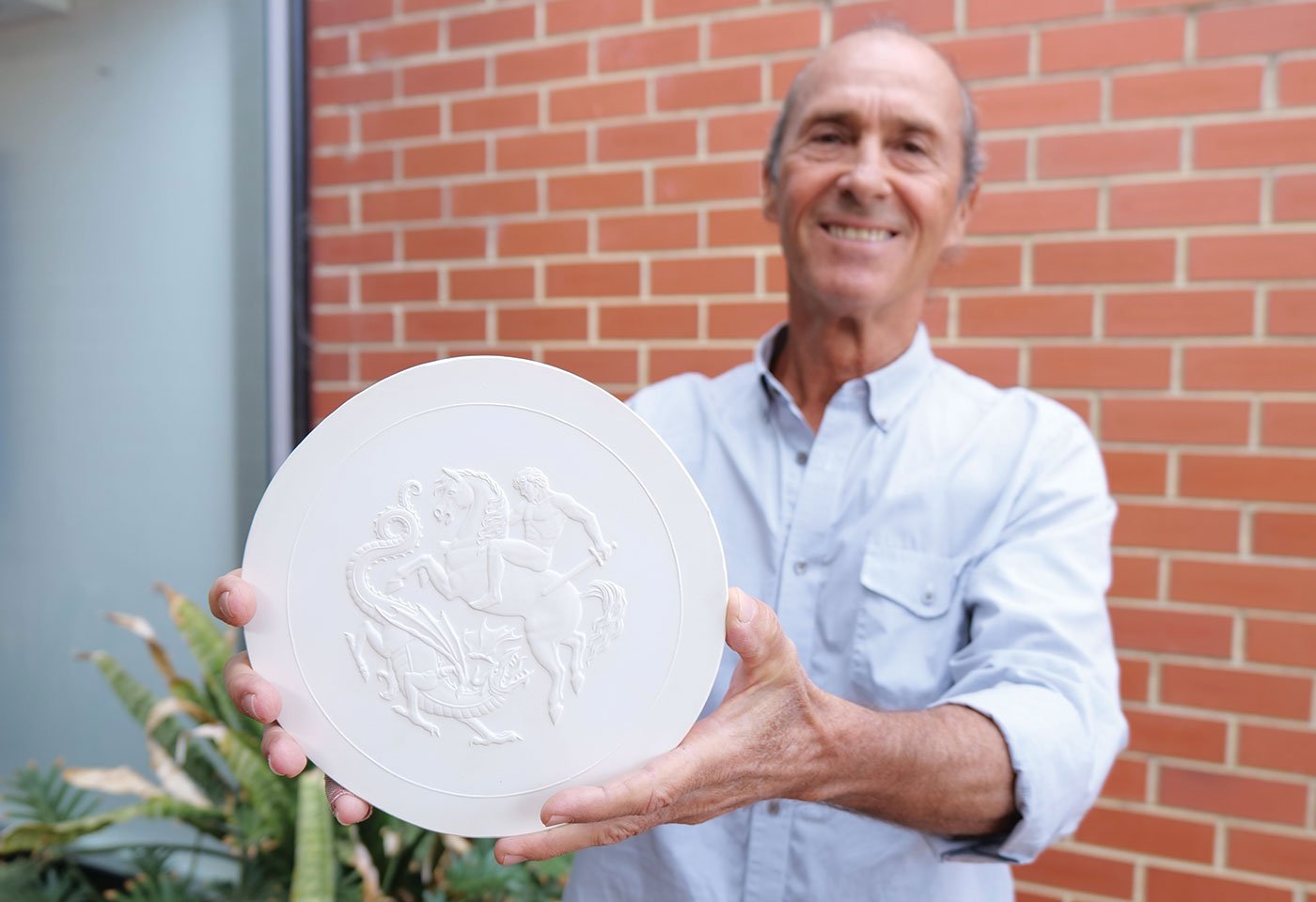
Jovan Radanovich’s role with The Perth Mint offers a meaningful link to traditional manual skills in an increasingly digital world.
For more than 30 years he has carved and cast plaster sculptures for some of our more detailed and intricate coin designs.
While most coin designs are now created and completed on computer, some tasks are handed to Jovan to complete the ‘old-fashioned’ way.
“When I joined the Mint in 1993, there was a team of three designer-sculptors and we basically undertook all the designing and modelling on site,” Jovan says.
“The Mint has grown considerably since then and as new technologies have emerged, particularly the introduction of computer engraving machines, the need for hand sculpting work has decreased”
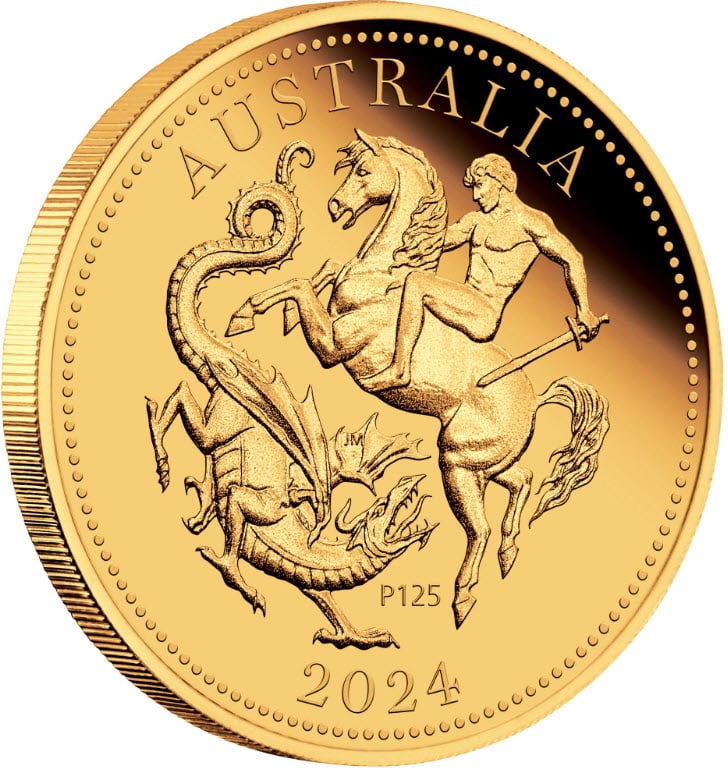
Jovan now works on a contract basis with the design team and produces plaster sculptures for selected coins, including the special anniversary sovereign for the Mint’s 125th milestone in 2024.
He was pleased to be able to work on the sovereign especially as he had also produced the sculpture for the Mint’s centenary sovereign 25 years earlier.
For the 2024 Australia sovereign, Jovan worked from a design by Mint designer Jennifer McKenna, who created a spectacular reimagining of the original St George and the Dragon sovereign.
Among the other highlights of Jovan’s career were the highly successful Sydney Olympics coin program in the lead-up to the Games in 2000, and the Australians of the Year series, a collaboration with Australia Post.
Jovan came to the coin design world from a fine arts background, with a sculpture major from the WA Institute of Technology (now Curtin University) and post-graduate studies at Belgrade University, Serbia.
The manual process of producing a design in plaster is a time consuming one that involves sculpting an initial form in modelling clay based on a two-dimensional design usually created by another member of the Mint’s design team.
“The initial model allows me to measure the precise relief heights which is critical for the later stages of the coining process,” Jovan says.
He then produces a series of plaster casts to achieve the final product which is digitally scanned and reduced in size to machine the master die.
Although his sculpture work for the Mint represents what might be seen as a dying art, Jovan is confident there are people around ready to take up the opportunity if he moves on.
“There are still plenty of specialist sculptors out there. The majority of coin designs worldwide are hand sculpted,” he says.
And he is in awe at the work of earlier artisans who sculpted coin designs at their actual size before technology enabled designs to be created at a larger size and scaled down using a reducing machine.
“They still produced beautiful work. I don’t know how they managed it. It would have been so hard on the eyes.”
